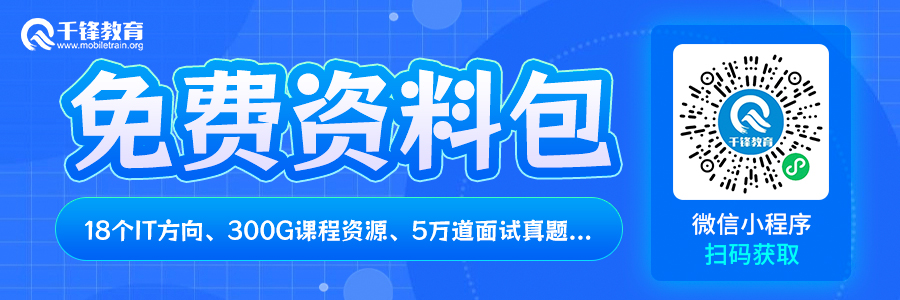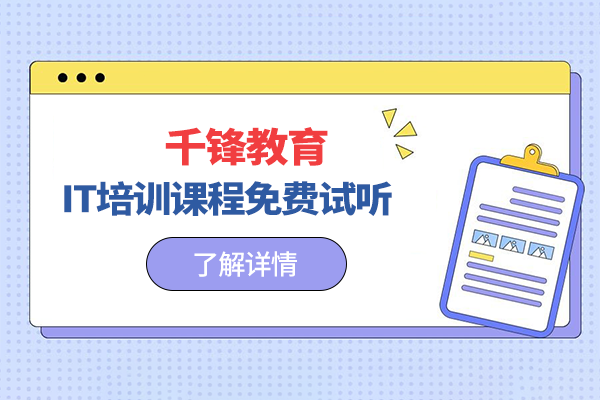golang中的单元测试与集成测试最佳实践

Introduction

Golang, also known as Go, is an open-source programming language developed by Google. It is a fast and efficient language primarily used for building network and system-level applications. Go has become a popular choice for building microservices and web applications due to its simplicity, scalability and concurrency mechanisms.
When developing any application, it’s essential to perform testing to ensure the code functions as intended. In this article, we will look at best practices for unit testing and integration testing in Go.
Unit Testing in Go
Unit testing is the process of testing individual units (or components) of an application to ensure that each one performs as expected. In Go, unit tests are written in a separate file with the suffix ‘_test.go’. For example, if we have a file named ‘math.go’, the corresponding unit test file will be named ‘math_test.go’.
To run unit tests in Go, we use the built-in ‘testing’ package, which provides the ‘testing.T’ struct and ‘testing.M’ struct. The former is used to define individual tests, while the latter is used to define a set of tests.
Let’s look at an example of a unit test in Go:
// math.gopackage mainfunc Add(a, b int) int { return a + b}// math_test.gopackage mainimport "testing"func TestAdd(t *testing.T) { result := Add(2, 3) if result != 5 { t.Errorf("Expected result to be 5, but got %d", result) }}In the above example, we have a function ‘Add’ in the ‘math.go’ file, which takes two integers as input and returns their sum. We have created a corresponding unit test file ‘math_test.go’, which imports the ‘testing’ package and defines a test function ‘TestAdd’. In this test, we call the ‘Add’ function with inputs ‘2’ and ‘3’ and compare the result with the expected output using the ‘t.Errorf’ function. If the result is not equal to the expected output, the test fails.
Integration Testing in Go
Integration testing is the process of testing multiple units (or components) of an application together to ensure they interact correctly. In Go, integration tests are also written in a separate file, and they follow the same naming convention as unit test files.
To run integration tests in Go, we can use the standard library ‘net/http’ package, which provides a built-in HTTP server and client to send HTTP requests and receive responses.
Let’s look at an example of an integration test in Go:
// server.gopackage mainimport ( "fmt" "net/http")func handler(w http.ResponseWriter, r *http.Request) { fmt.Fprint(w, "Hello, World!")}func main() { http.HandleFunc("/", handler) http.ListenAndServe(":8080", nil)}// server_test.gopackage mainimport ( "io/ioutil" "net/http" "net/http/httptest" "testing")func TestHandler(t *testing.T) { req, err := http.NewRequest("GET", "/", nil) if err != nil { t.Fatal(err) } rr := httptest.NewRecorder() handler := http.HandlerFunc(handler) handler.ServeHTTP(rr, req) if status := rr.Code; status != http.StatusOK { t.Errorf("handler returned wrong status code: got %v want %v", status, http.StatusOK) } expected := "Hello, World!" actual := rr.Body.String() if actual != expected { t.Errorf("handler returned unexpected body: got %v want %v", actual, expected) }}In the above example, we have a simple web server in the ‘server.go’ file, which listens on port 8080 and responds with the message ‘Hello, World!’ to every incoming request. We have created a corresponding integration test file ‘server_test.go’, which imports the necessary packages and defines a test function ‘TestHandler’. In this test, we create a new HTTP request with the ‘http.NewRequest’ function and send it to the server using the ‘httptest.NewRecorder’ and ‘handler.ServeHTTP’ functions. We then compare the response status code and body with the expected output using the ‘t.Errorf’ function.
Conclusion
In this article, we have discussed best practices for unit testing and integration testing in Go. Unit testing is critical for ensuring individual components of an application work correctly, while integration testing is essential for testing multiple components together. By following these best practices, you can ensure your Go applications are reliable and perform as intended.
以上就是IT培训机构千锋教育提供的相关内容,如果您有web前端培训,鸿蒙开发培训,python培训,linux培训,java培训,UI设计培训等需求,欢迎随时联系千锋教育。










